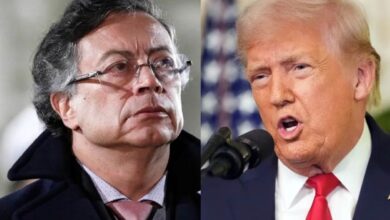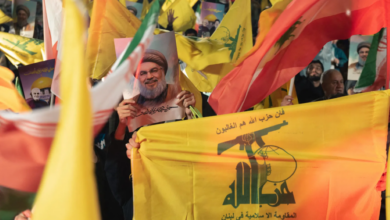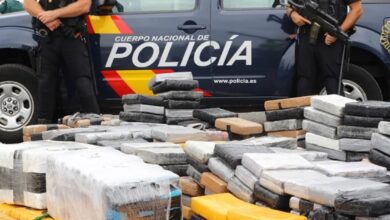Untold Details of Ecuador’s Marble-Bunker Takedown and the Cocaine War Still Raging
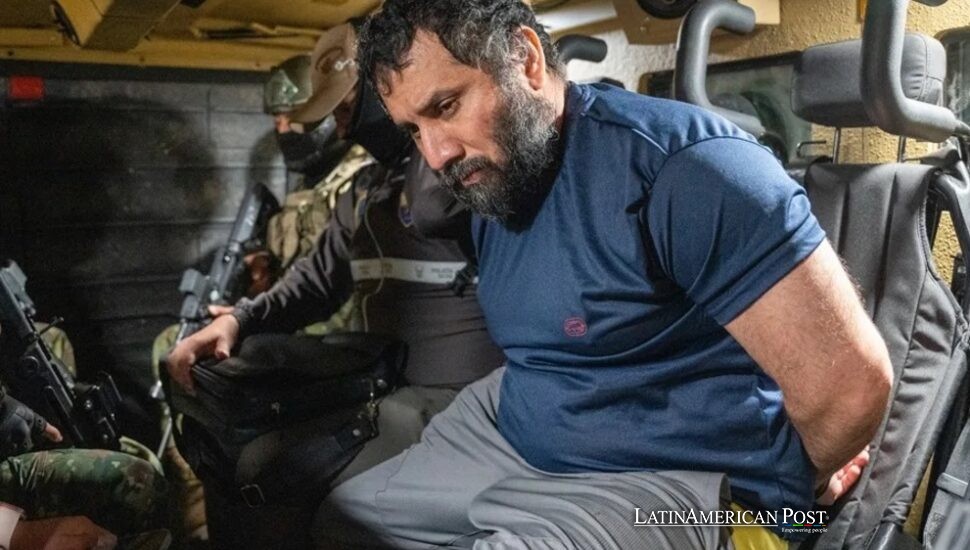
Just before sunrise on June 19, Ecuadorian commandos smashed marble tiles inside a seaside mansion and dragged the country’s most notorious fugitive, “Fito” Macías, from an underground lair—an arrest hailed as victory yet shadowed by fresh, unseen dangers still looming.
A Mansion of Marble, a Maze of Fear
The villa perched above the Pacific looked pulled from a glossy real-estate brochure. Waves lapped at its private pier, children’s toys ringed an aquamarine pool, and floor-to-ceiling windows framed a city waking up to first light. But when the special-forces stack breached the foyer, nothing felt right. Seven air-conditioning units cooled only six rooms, and a faint chemical tang leaked through the marble.
Acting on a hunch, an explosives expert drilled a pilot hole near the laundry—then signaled. Sledgehammers rose and fell. The slabs cracked like rifle shots, revealing a steel-lined crawl space no blueprint mentioned. Moments later tear gas hissed down the gap, a roof beam shuddered, and José Adolfo “Fito” Macías Villamar—kingpin of Los Choneros, supplier of multi-ton cocaine loads to Mexico’s Sinaloa cartel—scrambled up a makeshift ladder and surrendered at gunpoint. His whispered plea—“Hermano, don’t shoot”—echoed louder than any boastful rap video he once filmed inside Guayaquil’s infamous Penitenciaría.
Operation Zeus II: When the Ground Betrayed Its Secret
The takedown crowned a year-long dragnet code-named Zeus II, a joint mission between Ecuador’s intelligence service and U.S. advisers frustrated by eighteen months of dead ends. Agents had chased phantom sightings through mangrove creeks and Andean safe houses already raided three times.
The break arrived when a small drone, looping over the mansion near Manta, spotted two air vents that did not match architectural plans. Thermal cameras confirmed a warm, human-sized pocket beneath the marble. While infantry platoons ringed the compound, negotiators kept a clandestine phone line alive. Transcripts later reviewed by reporters show Fito floating the idea of voluntary extradition, gambling that a hardened U.S. penitentiary would prove safer than Ecuador’s riot-plagued jails where rivals could slit his throat for a bounty.
Interior Minister John Reimberg entertained the calls; Defense Minister Gian Carlo Loffredo publicly thundered that “Ecuador does not bargain with bandits.” Behind the curtain, three officials now admit an orderly hand-over nearly happened—proof that in the narco universe, hard-line speeches and realpolitik often share the same hallway, separated only by a locked door and a clock running out.
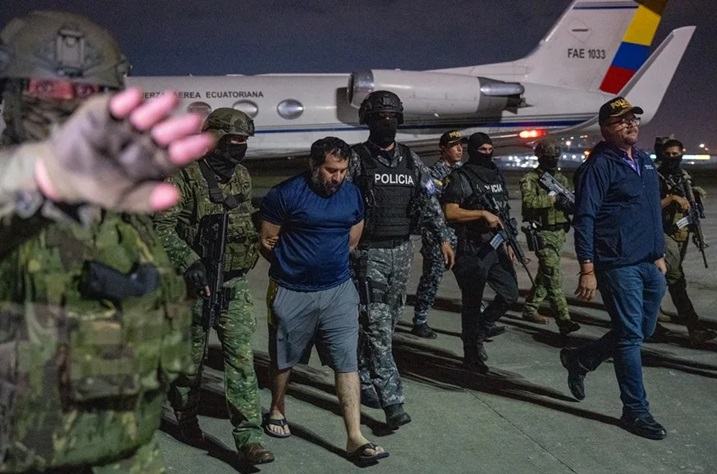
EFE/Mauricio Torres
Hydra Heads and Hollow Victories
To outsiders, the capture looked like a movie ending. Inside Ecuador, security scholars felt a chill. Since Colombia’s 2016 peace accord scattered FARC dissidents, traffickers have flocked to Ecuador’s dollarized economy, porous ports, and underpaid police. Homicide rates quadrupled between 2018 and 2023; Guayaquil became one of the world’s deadliest cities.
Behind bars, Los Choneros and their copycats privatized entire wings, mirroring the Salvadoran model that President Nayib Bukele later showcased in viral videos. Professors like Carolina Sampó, who directs the Transnational Crime Observatory in Buenos Aires, warn that drug clans evolve like hydras: cut off one head and two smaller, hungrier contenders lunge for the vacant routes. Already, intelligence briefs whisper of splinter commanders—“JR,” “Junior,” “La Vaca”—plotting to seize Fito’s docks in Guayaquil and Esmeraldas.
Rival outfits such as Los Tiguerones, Los Lobos, and even Albanian crews running European logistics are testing how quickly the state’s newfound swagger collapses under simultaneous assaults. In street graffiti, a taunt has appeared: “¿Quién manda ahora?”—Who runs things now? The answer, pessimists fear, could be decided not by courts but by the next car-bomb outside a police station.
Extradition Chess and the High-Stakes Campaign Trail
The morning after the raid, a helicopter ferried Macías to La Roca, Ecuador’s most fortified lock-up, where bright floodlights erase night and every corridor hums with motion sensors. Yet paperwork is already racing toward Washington, D.C. A sealed April indictment portrays Fito as “a ruthless orchestrator” of arms-for-coke swaps that funneled U.S. military rifles south and pure Colombian bricks north.
Extradition denies capos the home-field leverage of bribed guards and terrified judges—a strategy Colombia used to devastating effect in the early 2000s—but it also hands local lieutenants a reason to erupt. President Daniel Noboa, the 37-year-old heir to a banana empire, knows the optics could define his 2026 reelection bid. A poll by Universidad San Francisco de Quito clocked post-capture approval at 56 percent, but the same survey flagged anxiety over inflation and prison violence. If murders spike while Fito stands trial in Brooklyn, the victory banner could fray overnight. Political scientist Juan Albarracín of Notre Dame puts it bluntly: “Spectacular arrests make headlines; sustained reforms make history. Ecuador has nailed the first. The second is the marathon they keep postponing.”
Noboa’s cabinet vows that this time will be different. Port scanners and vetted anti-narcotics brigades are on order; a stalled bill to overhaul prison staffing has inched forward. Yet legislators whittle social-investment budgets even as gang recruiters prowl impoverished barrios, offering a motorcycle and $200 cash to teenagers whose schools lack textbooks. The paradox is brutal: removing a crime lord demonstrates state power, but maintaining public faith demands visible, daily proof—jobs, safe buses, functional courts—that the cocaine economy cannot match.
Also Read: Work, Camera, Control: The Bright and Dark Sides of Webcam Modeling in Colombia
Credits: Reporting synthesized from internal police audio, field interviews, and investigations published by The Washington Post; expert insights from Dr Carolina Sampó (University of Buenos Aires), Prof Benjamin Lessing (University of Chicago), and Dr Juan Albarracín (University of Notre Dame).

